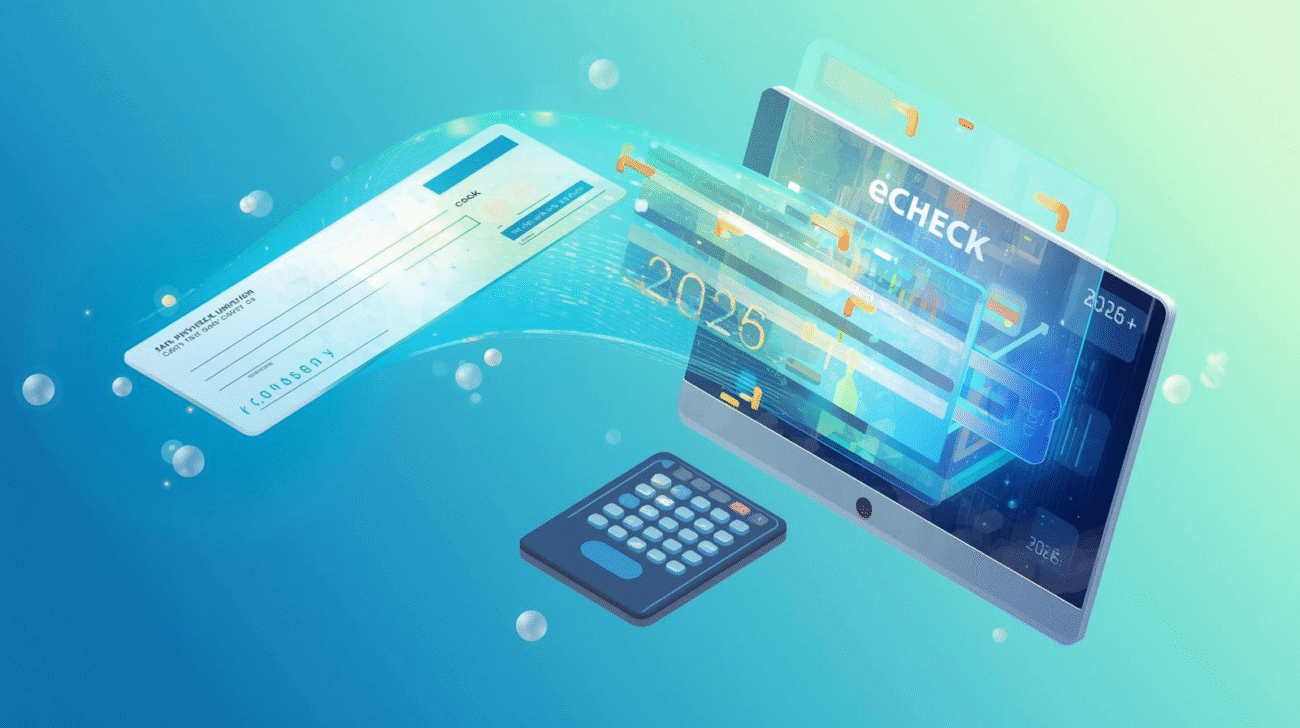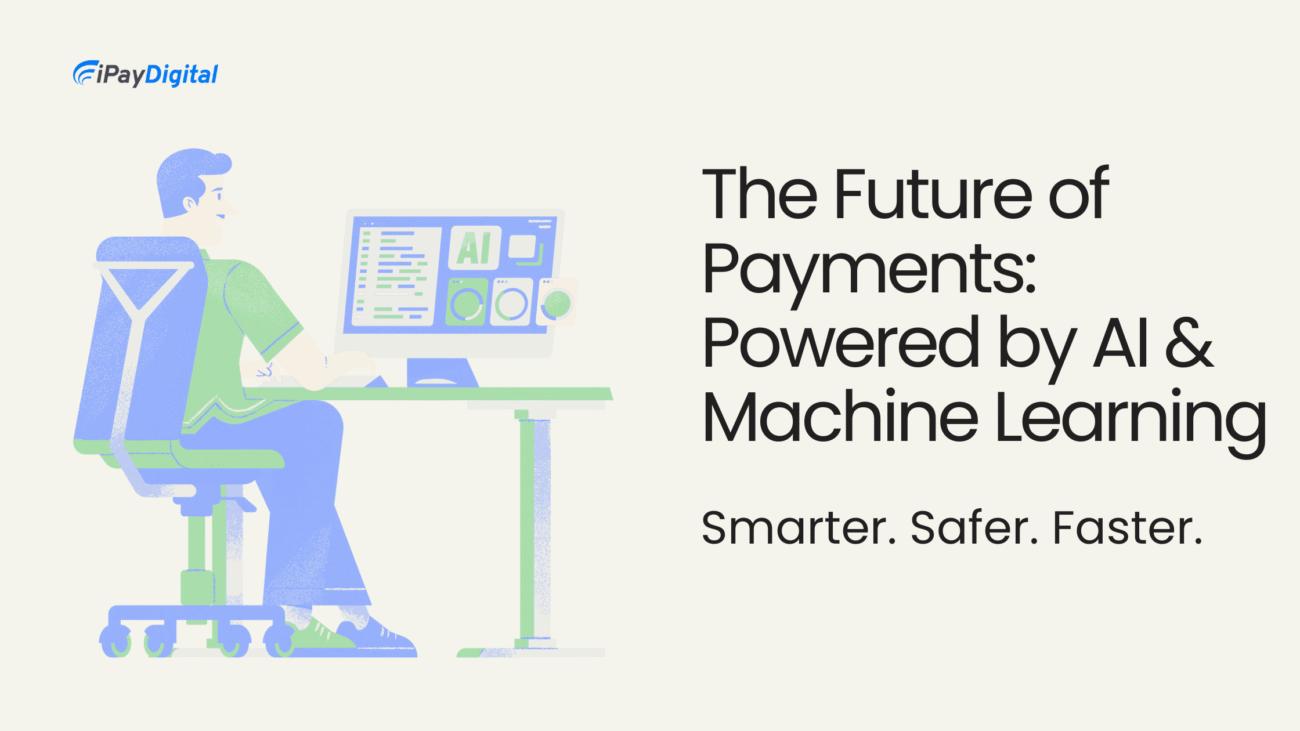The way we manage our finances has changed dramatically in the past decade, with mobile banking emerging as the preferred digital platform. Once considered a supplementary service, mobile banking has now surpassed traditional online banking, becoming the primary method for millions of people worldwide to access financial services. This shift is driven by several factors, including the widespread adoption of smartphones, the demand for real-time transactions, and the rise of advanced mobile banking features.
This blog explores the key reasons behind the growing dominance of mobile banking, its impact on the financial industry, and what the future holds for digital banking.
The Rise of Mobile Banking
Mobile banking refers to the use of smartphone applications to perform banking activities such as checking balances, transferring funds, paying bills, and even depositing checks. Its convenience and accessibility have made it an essential tool for modern consumers.
As survey revealed that 55% of consumers prefer mobile banking over traditional online banking via web browsers, which stands at 33.5%. This trend is not only prevalent in developed countries but also in emerging markets, where mobile banking is bridging the financial gap for millions who lack access to traditional banking services.
Why Mobile Banking is Surpassing Online Banking
1. Smartphone Proliferation
With over 6.5 billion smartphone users worldwide, mobile banking has become more accessible than ever. In many developing countries, smartphones serve as the primary means of accessing financial services, eliminating the need for physical bank visits or even desktop computers.
2. Enhanced Security and Authentication
Banks have invested heavily in biometric authentication (such as fingerprint and facial recognition), multi-factor authentication, and real-time fraud detection systems. These measures have made mobile banking safer and more secure than ever before, addressing concerns about cyber threats and identity theft.
3. Convenience and Accessibility
Unlike traditional online banking, which often requires a computer, mobile banking allows users to perform transactions anytime, anywhere with just a few taps on their smartphone. Features like mobile check deposits, bill pay, and instant money transfers have made financial management seamless.
4. Real-Time Notifications and Alerts
Mobile banking apps provide instant alerts for transactions, fraud detection, and account balances, keeping users informed and reducing the risk of unauthorized activity. These features are especially useful for budgeting and expense tracking.
5. Integration with Emerging Technologies
AI-driven financial assistance, chatbots, and voice banking have significantly enhanced the mobile banking experience. Banks are leveraging AI and machine learning to provide personalized financial insights, automate transactions, and improve customer support.
Global Trends in Mobile Banking Adoption
United States
- Mobile banking adoption has surged, with leading banks like Chase, Bank of America, and Wells Fargo reporting a consistent increase in mobile app usage.
- The demand for real-time payments, contactless payments, mobile wallets, eCheck payment, and peer-to-peer transactions is driving innovation in mobile banking.
Europe
- In 2023, 73% of Europeans actively used mobile banking, with Nordic countries leading adoption rates at nearly 85%.
- Open banking initiatives are integrating third-party services with banking apps, creating more dynamic financial ecosystems.
Asia-Pacific
- Digital transactions via mobile banking apps grew by 30% in 2023, driven by e-commerce and government-backed digital payment systems like UPI in India and Alipay in China.
- Super apps like WeChat Pay and GrabPay are transforming mobile banking into a one-stop financial hub.
Latin America
- Mobile banking usage increased by 40% from 2021 to 2023, with fintech startups driving innovation in the sector.
- Countries like Brazil and Mexico are at the forefront of digital banking adoption.
Middle East & Africa
- Mobile banking adoption grew by 70% YoY between 2022 and 2023, as financial institutions launched inclusive digital banking solutions.
- Government-backed initiatives are promoting financial inclusion through mobile money services like M-Pesa.
Impact on Traditional Banking
1. Branch Closures
The shift towards digital banking has led to the closure of physical bank branches, as customers prefer digital services over in-person transactions. For instance, major banks in Australia, such as CBA and ANZ, have significantly reduced their branch networks in response to this trend.
2. Decline in ATM Usage
With mobile banking facilitating cashless transactions, ATM usage has decreased. Many consumers now prefer mobile payments, digital wallets, and peer-to-peer transfers over withdrawing physical cash.
3. Increased Investment in Digital Infrastructure
Banks are reallocating resources to enhance their mobile banking capabilities, focusing on improved user interfaces, faster transaction processing, and enhanced cybersecurity measures.
Challenges and Considerations
1. The Digital Divide
Not everyone has access to a smartphone or reliable internet. In the UK alone, approximately 4.5 million people lack a smartphone, which limits their ability to use mobile banking services. Financial institutions must address this gap by offering alternative digital banking solutions.
2. Cybersecurity Threats
As mobile banking grows, so do cyber threats. Mobile banking fraud increased by 47% in 2020, highlighting the need for stronger security protocols, fraud detection mechanisms, and consumer education on digital safety.
3. User Adaptability
Older generations may find mobile banking challenging to navigate. Banks need to provide user-friendly interfaces, tutorial sessions, and customer support to help these demographics adapt to digital banking.
The Future of Mobile Banking
1. AI and Personal Finance Management
AI-driven banking will automate transactions, provide personalized spending insights, and offer predictive financial advice, making banking more intuitive and user-friendly.
2. Expansion of Embedded Finance
Embedded finance will enable non-banking platforms to offer financial services directly within their apps, such as loans, insurance, and investments, seamlessly integrating with mobile banking.
3. Blockchain and Digital Currencies
The adoption of blockchain technology and digital currencies will further revolutionize mobile banking, providing faster, more secure transactions and reducing reliance on traditional intermediaries.
4. Improved Financial Inclusion
Mobile banking will continue to play a vital role in bringing financial services to the unbanked and underbanked populations, especially in emerging markets where banking infrastructure is limited.
Conclusion
The dominance of mobile banking over traditional online banking is reshaping the financial industry. Its convenience, security, and ability to integrate with emerging technologies have made it the preferred digital banking platform for millions worldwide. However, addressing challenges such as cybersecurity risks and digital inclusivity will be crucial in ensuring mobile banking remains accessible and secure for everyone. As technology advances, mobile banking will continue to drive financial innovation, making banking smarter, faster, and more inclusive. The future of banking is mobile, and the time to embrace it is now!














